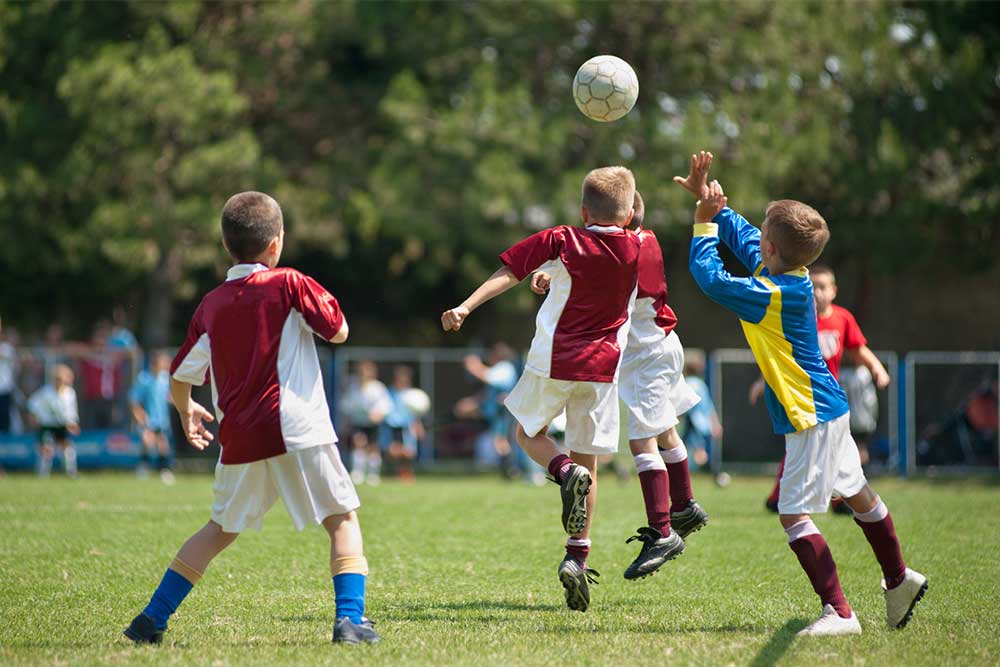Catherine O’Brien
Post-Concussion Syndrome and Treatment
In this article on the topic of concussion, I will discuss the management and treatment associated with concussion and post-concussion syndrome.
Based on the two previous articles, it is clear that concussion is a prevalent and serious health issue among the athletic population. In response to the growing prevalence of this issue, three organizations established a series of guidelines for defining, detecting and treating concussion (West and Marion, 2013). The sources of these guidelines were the American Medical Society for Sports Medicine, The American Academy for Neurology and the 4th International Conference on Concussion in Sport. The guidelines created are comprehensive and stretch across all aspects of concussion from risk factors to prevention.
Given we have already discussed risk factors and definitions in previous iterations, the present article will focus on tools used to diagnose concussion, post-concussion syndrome, treatment, and management.
Has a Concussion Taken Place?
According to West and Marion’s (2013) synthesis of the three sets of guidelines, there is no one test that can be used to identify whether a concussion has taken place. Rather, there are a series of tests physicians can administer to help make an informed decision on the presence of concussion. Some of the tests that physicians may elect to administer when identifying the presence of concussion include the Balance Error Scoring System (BESS), the Standardized Assessment for Concussion (SAC) and the Sport Concussion Assessment Tool 2 (SCAT2). When administering these tests, it is helpful if baseline measurements have been taken so that scores following a suspected concussion can be compared to premorbid scores. Physicians may also use imaging like CT and fMRI scans to identify any damage or bleeding in the brain.
In some cases, symptoms of concussion persist for an extended period of time. Post-concussion syndrome is defined as “a constellation of physical, cognitive, and emotional symptoms that persist in a small percentage of patients who suffer from concussion” (Jotwani & Harmon, 2010). Symptoms of post-concussion syndrome (see table below from Jotwani & Harmon, 2010) overlap with that of symptoms of concussion. The key difference with post-concussion syndrome is the persistent nature of the symptoms.
According to the Mayo Clinic:
Prevalence of post-concussion syndrome is not necessarily associated with the severity of the injury such that more severe injuries do not always produce PCS. The Mayo Clinic also discusses risk factors associated with PCS. Research has demonstrated that prevalence of PCS increases with age. Gender has also been identified as a risk factor such that women tend to experience PCS more than men. Of course, any activity that increases the risk of concussion also has the potential to increase the risk of PCS (fall, automotive accident, sports collision etc.). Currently, there is not a clear understanding of why certain people develop PCS and others do not (Mayo Clinic, 2014).
Specifically pertaining to sports concussion, the consensus across the board is that players should not return to their sport immediately following their accident and when they do return, it should be at graded intensity. According to Guay et al. (2016) decisions about returning to sport following a concussion are understandably more conservative for children and high school age athletes and those patients with recurring concussion. Ability to return to play ultimately depends on the severity of the concussion, the presence of symptoms and the discretion of the medical professional.
Post-Concussion:
Cognitive, physical and psychological symptoms should be continuously monitored by a health care professional throughout the recovery period and as the patient returns to his or her day to day activities. In the same way that concussion can present differently in each person, recovery can also follow various trajectories. For example, some individuals who experience concussion may suffer from persistent deficits and problems as a result of the concussion (post-concussion syndrome). The previously mentioned tests used for diagnosis are also important tools in treatment for identifying progress and recovery and helping inform decisions to return to various activities.
When it comes to treating concussion and post-concussion syndrome, regular contact with a neuropsychologist is important for identifying areas of deficit, appropriate treatment plan and decisions about returning to work, sport, school etc. For athletes and non-athletes alike, rest is a key component in recovery. Cognitive and physical training can be helpful in remediating symptoms like impaired memory, difficulty focusing, poor balance etc. In some scenarios, the medical professional may recommend medication to treat cognitive and / or behavioral symptoms. Therapeutic treatment in the form of regular visits with a clinical psychologist or neuropsychologist may also be helpful for treating depression and other psychological and behavioral symptoms associated with concussion and PCA. In some cases, very light physical exercise has been used in treatment but research in this area is not developed enough to promote this as a significant treatment for concussion and PCS.
As with all injuries, every patient responds differently and as such individualized treatment plans are key for optimizing the treatment and recovery process.
References:
Guay, J.L., Lebretore, B.M., Main, J.M. et al. (2016) The era of sport concussion: Evolution of knowledge, practice and the role of psychology. American Psychologist, 71(9), 875-887.
Jotwana, V., Harmon, K.G. (2010). Postconcussion syndrome in athletes. The American College of Sports Medicine, 21-26.
The Mayo Clinic (2014). Post-Concussion Syndrome: Symptoms, Causes, Risk Factors. Retrieved on March 8, 2017
West, T.A., Marion, D.W. (2014). Current Recommendations for the Diagnosis and Teatment of Concussion in Sport: A comparison of three new guidelines. Journal of Neurotrauma, 31, 159-168.
You Might Like:
